overleaf template galleryLaTeX templates and examples — Recent
Discover LaTeX templates and examples to help with everything from writing a journal article to using a specific LaTeX package.
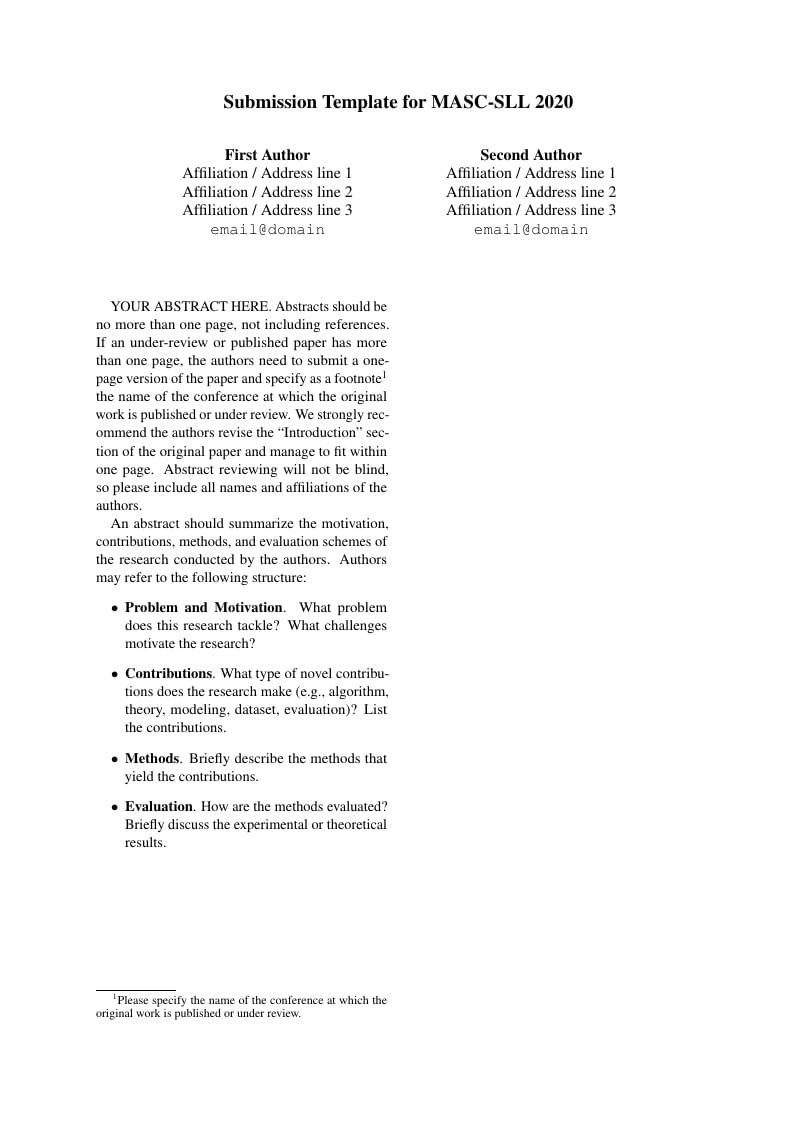
MASC-SLL 2020 Submission Template
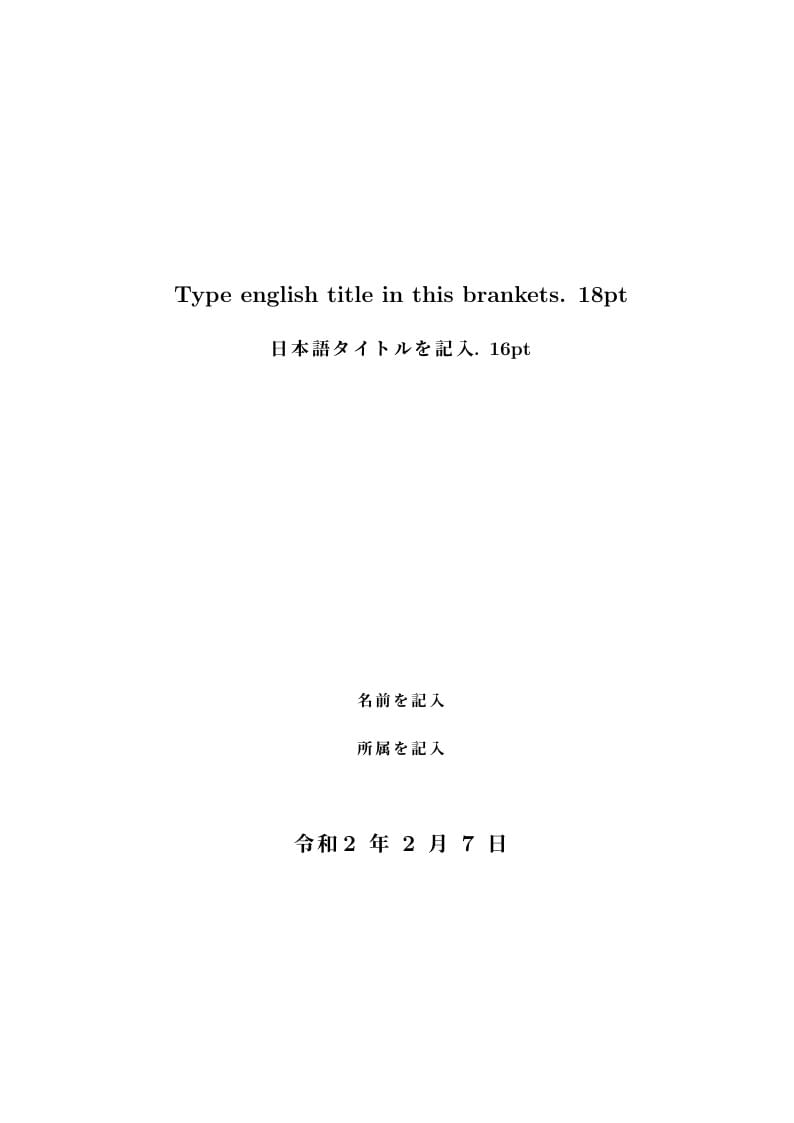
LaTeX Template for the bachelor and master thesis of Kyushu University Science Faculty.
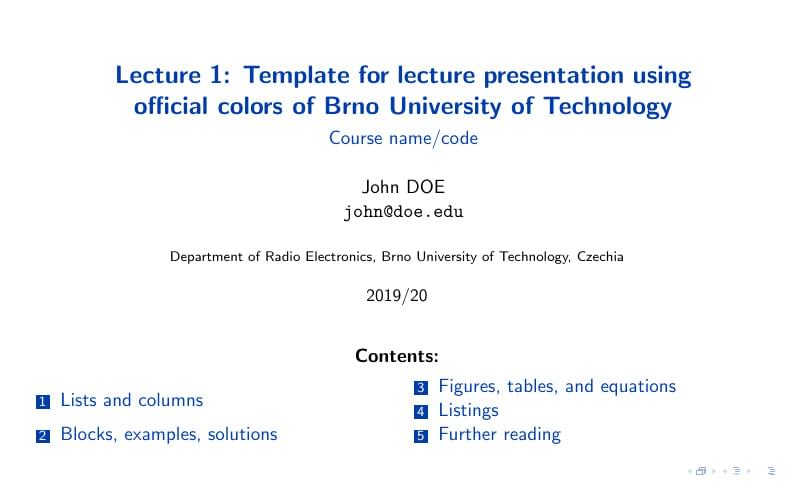
Template for lecture presentation using official colors of Brno University of Technology defined by graphical manual in 2015.
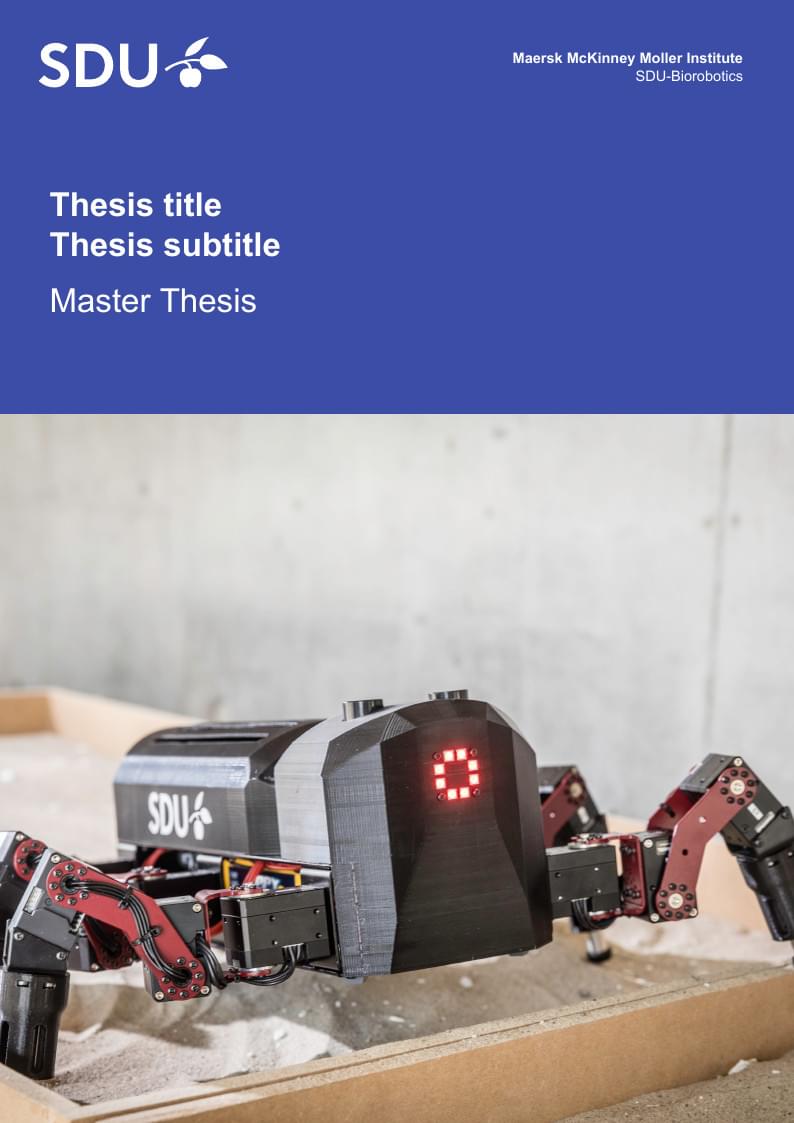
A thesis template adapted from the DTU template for use at SDU.
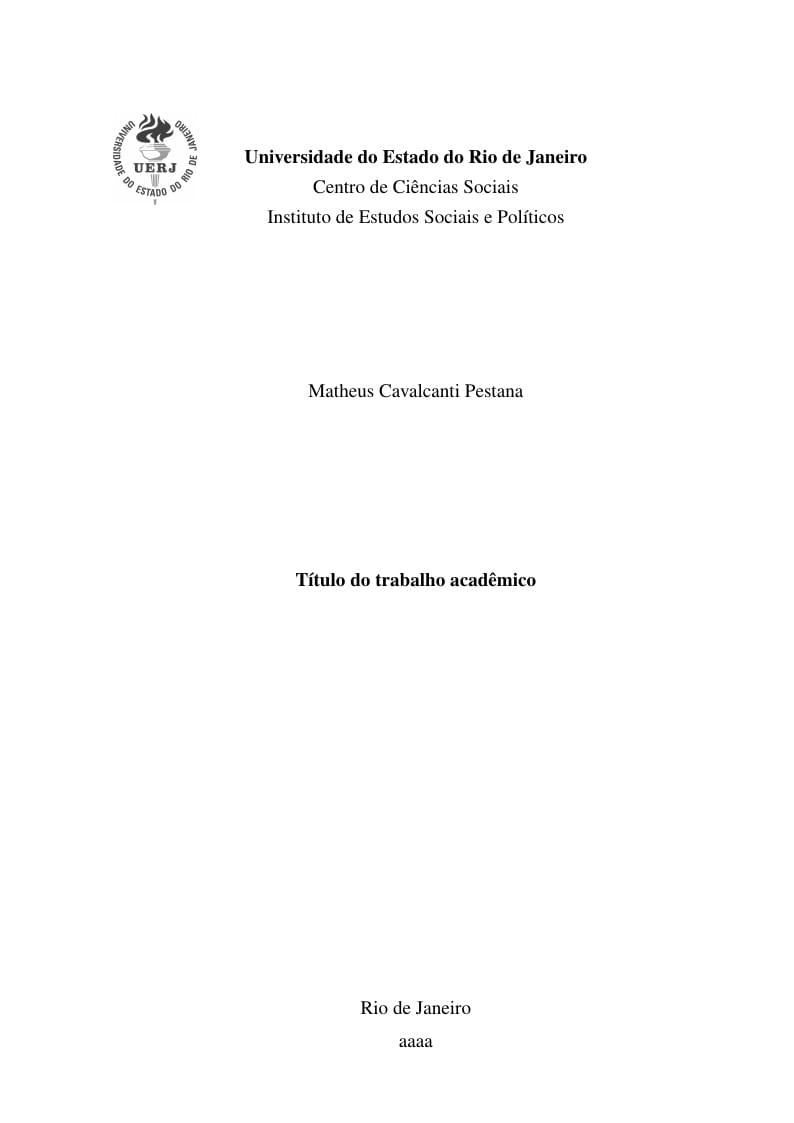
Modelo para teses e dissertações do Instituto de Estudos Sociais e Políticos da Universidade do Estado do Rio de Janeiro (IESP-UERJ), baseado no repUERJ, criado em 2013 por Luís Fernando de Oliveira, da UERJ, sendo disponibilizado aqui https://www.overleaf.com/read/bpqdkmgxznvh As alterações e atualizações para as normas vigentes foram feitas em conjunto com a biblioteca, com auxílio da bibliotecária Rosalina Barros. Em caso de dúvidas ou sugestões, seguem os endereços de contato: biblioteca@iesp.uerj.br | matheus.pestana@iesp.uerj.br
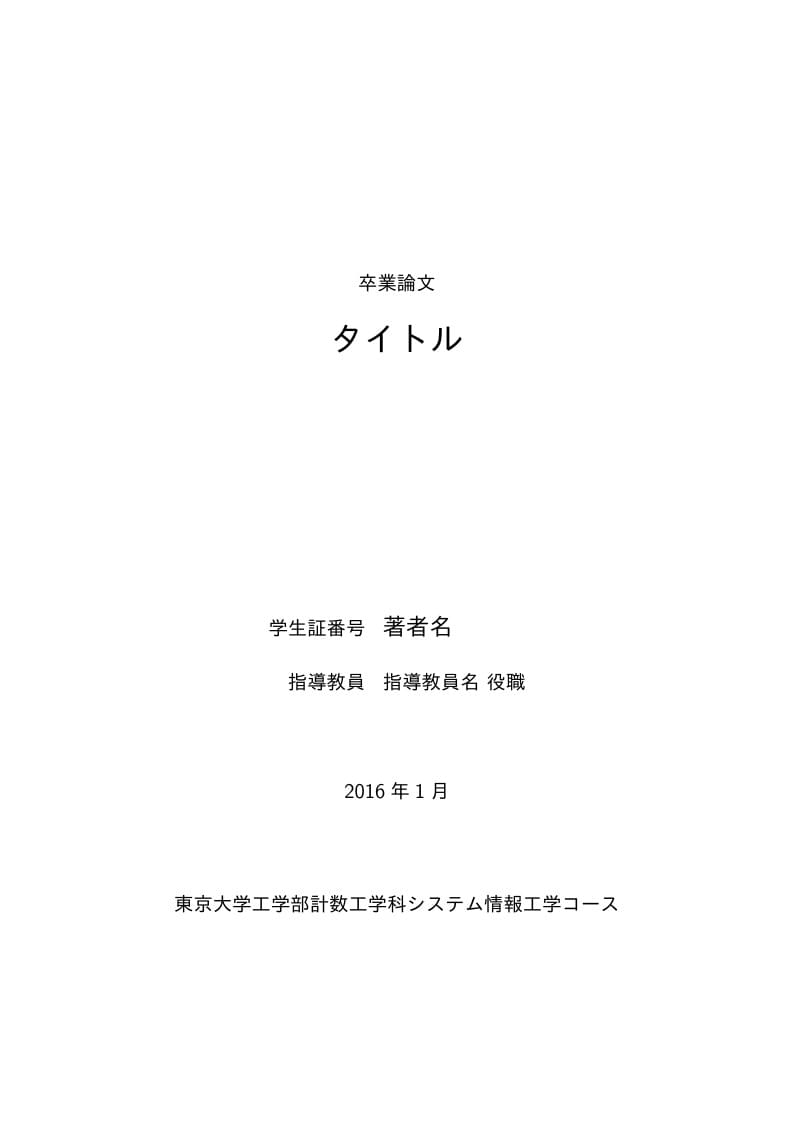
計数工学科システムコースの卒論のテンプレートです。 https://qiita.com/yokotech/items/4e98f75caf7b52282b19 に従って作業を行ったものをここにおいています。
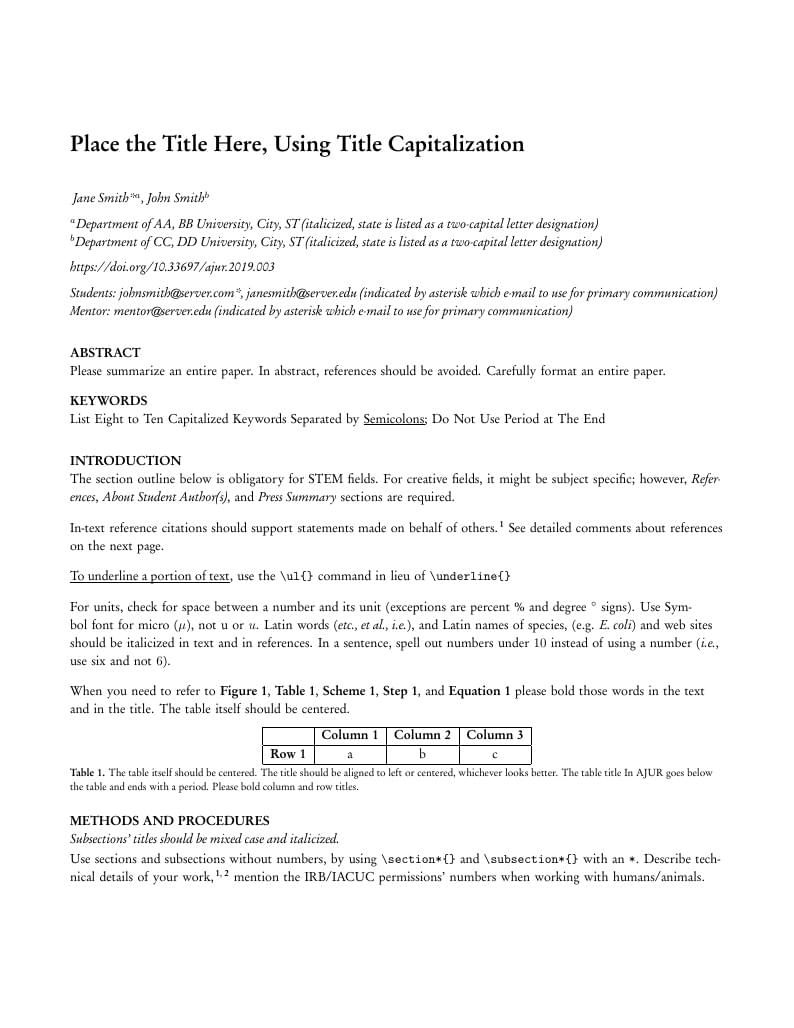
This style should be used for all manuscripts submitted for peer review to the AJUR. Please find more information at http://www.ajuronline.org/
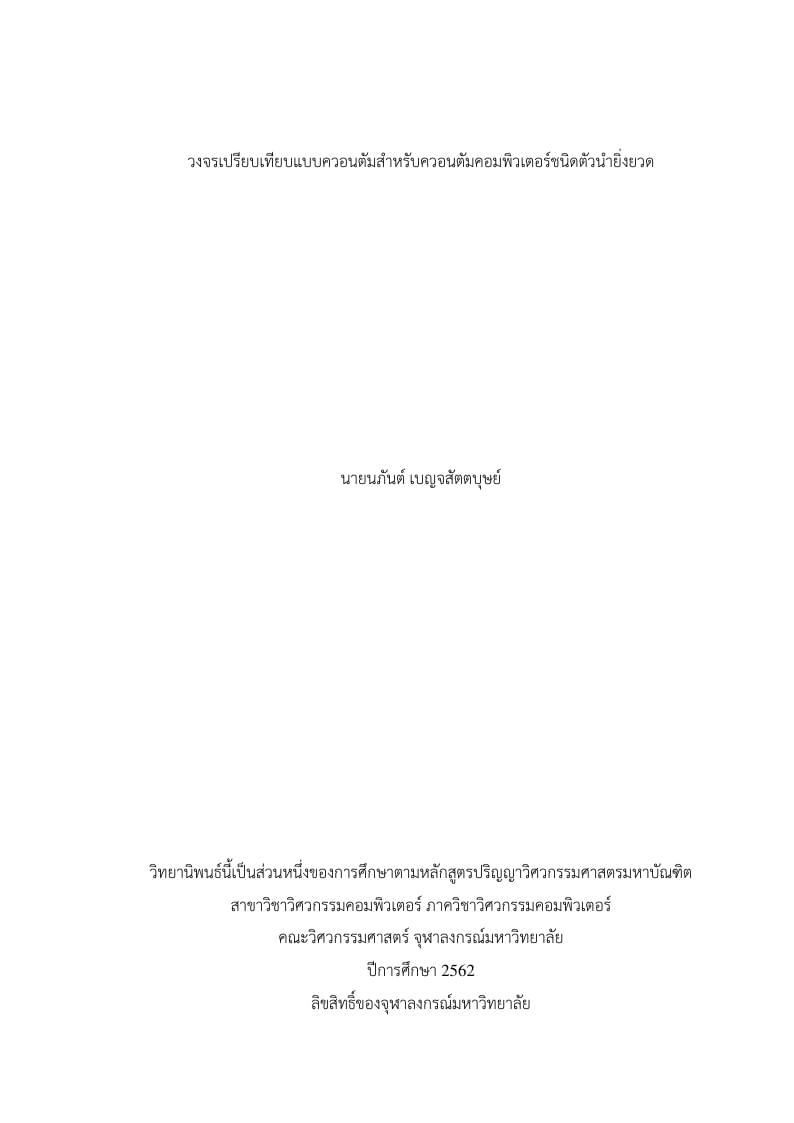
Thesis template for Chulalongkorn graduate student
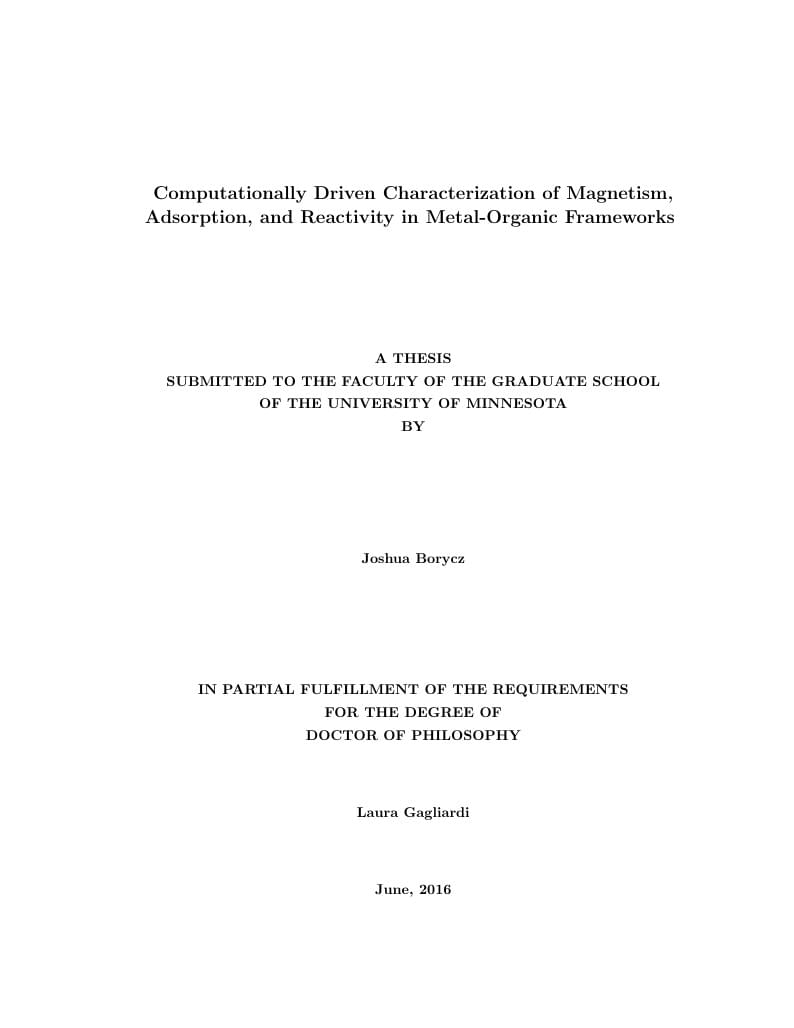
Computational Chemistry PhD Thesis from the University of Minnesota
\begin
Discover why over 20 million people worldwide trust Overleaf with their work.